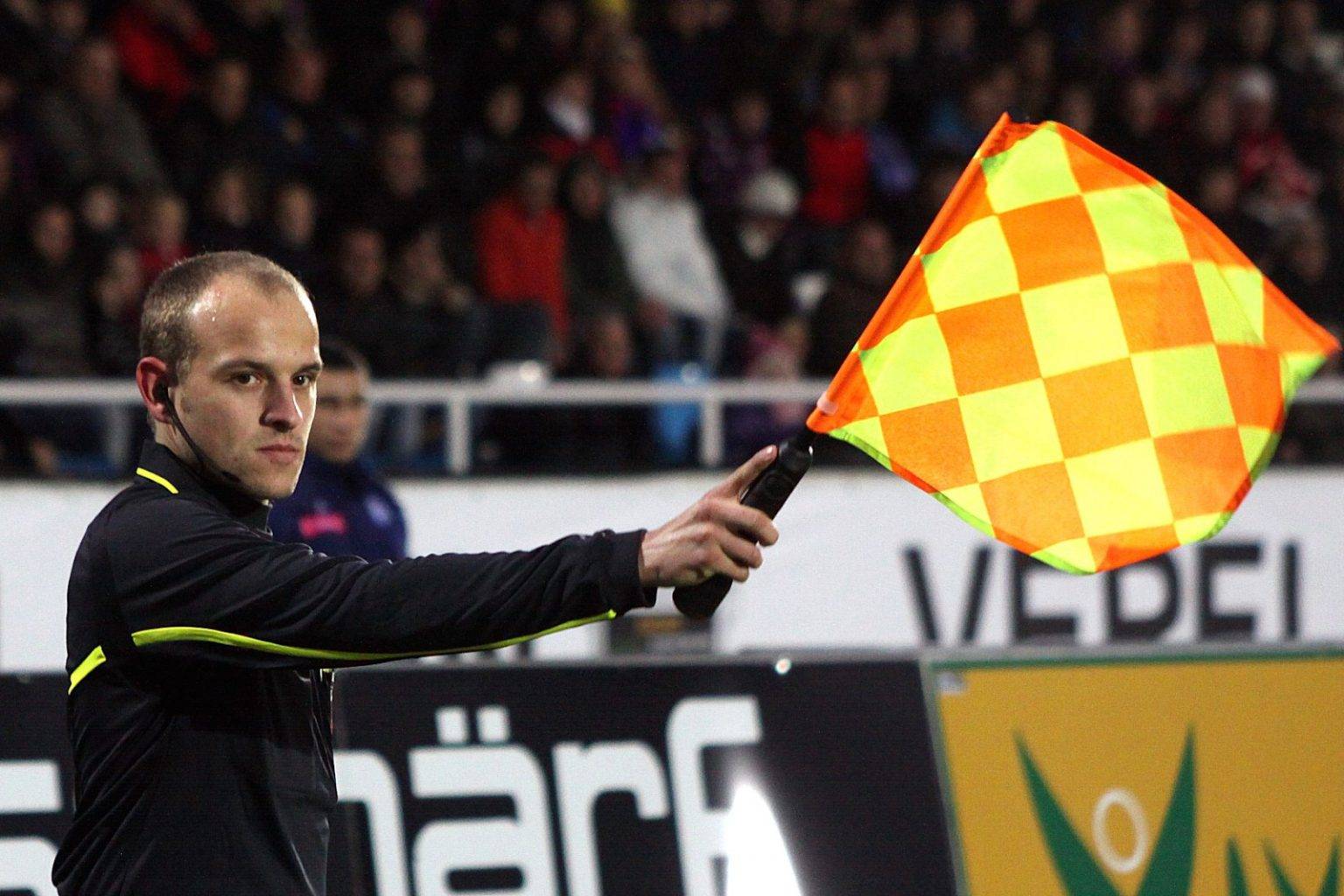Football, a sport that is endearing for its fans and dramatics, was overhauled in 2018 with the advent of Video Assistant Referee (VAR) technology. This innovation was first used in the FIFA World Cup in Russia, and the plan was intended to solve common problems associated with refereeing mistakes. Since then, the VAR has been incorporated into major leagues, including the English Premier League and La Liga, among others, to offer better accuracy and fairness. Notably, FIFA claimed that the use of VAR raised decision effectiveness from 93% to 99% during the first time it was used. Still, it opens the door for better judgement, and this invention provokes discussions and controversies. This is a great allure of having no more errors, but is it worth it? This paper has shown that the evolution of VAR in football has been nothing short of revolutionary, but it is not without its controversies.
The Rise of VAR: A Brief History
VAR was introduced in the early 2000s as a result of many scandals related to referees’ erroneous movements. IFAB started experimenting in 2016 with the use of technology to make accurate decisions in football. It was first used in the Eredivisie and Major League Soccer, and then for the first official time at the 2018 FIFA World Cup. For 64 matches of the tournament, VAR was used only in 20 matches, and its interference impacted important moments and the highest number of 29 penalty kicks, more than the previous record of 18. These early trials provided the proof of concepts as well as the calamities of VAR before the system was spread all over. In such a way, VAR has already changed the way the game is played and the perception of it in the world in a relatively short period of time.
Of course, watching football has become more interesting since VAR was introduced, but we have a suggestion on how to make watching your favourite team’s game even more exciting. Go to the Melbet register and improve your betting skills with us.
The Mechanics: How VAR Works in Practice
VAR is not only a guy in the stands but an entire system where the video assistant referees have more than one camera view. Their main task is to reconsider such incidents as goals, penalties, direct red cards, and identity confusion. In any case, where an event that may attract controversy is noticed, the on-field referee can stop the game or be told by the video team to review a decision. For instance, in the English Premier League, the VAR team is stationed in a control room at Stockley Park, London, where they receive 33 camera angles of the match, including a slow-motion replay. This setup seeks to capture all areas of the field well enough to allow the referee to make the right decisions. Nevertheless, the described system is rather rigid, and it demands perfect synchronisation and fast decision-making so as not to prolong the time-consuming process that disrupts the gameplay.
Impact on the Game: Enhancing Fairness
VAR has impacted football in the sense of making football fairer; the accuracy rate of VAR is over 98% for the offside. Since then, leagues all over the world have noted a decrease in controversies about game-changing calls. For instance, in the 2019/2020 English Premier League season alone, the system facilitated the correction of 109 key decisions, such as offsides and penalties, that might change the outcome of a match without the use of technology. This has provided fair competition in the field as VAR has seen the rules such as handball and offside being implemented strictly. On the positive side, as the accuracy improves, integrity is also gained; on the other hand, it changes the conditions on the field because players understand that errors will be detected. This is because where points are scored, it makes certain that they are scored fairly and not as a result of a mistake.
Reducing Human Error: A New Level of Accuracy
From all the successes that VAR has made in the soccer world, it will be important to say that it has cut down on human error, especially at critical stages. The standard refereeing employed human sight, and this was often inaccurate. Due to VAR, such mistakes have been corrected, and it has helped severely enhance decision-making accuracy. In last year’s Fifa Women’s World Cup, VAR reconsidered 535 cases, 29 of which were changed, thus providing a fairer and more accurate championship. It also eliminates situations such as Diego Maradona’s handball in the 1986 World Cup ‘Hand of God’ or French footballer Thierry Henry’s handball during the qualification match of the 2010 World Cup against Ireland. By reducing the chances of making mistakes in decision-making, VAR maintains the standard of fairness and makes sure that everybody is put to the same level. By the way, you can follow all the new sports events on our Instagram. Subscribe to MelBet Instagram today.
Time and Pace: The Impact on Match Flow
Some of the controversies that surround VAR pertain to the impact that this innovation has on the game’s flow. Fans and players mostly have issues with the time taken to review moments, which may hinder the flow of the match. For instance, there is an average of 82 seconds time spent on a VAR review and nearly three minutes and nine seconds at the extreme. In the recent World Cup that was held in 2018, most of the games had many breaks that disrupted the flow and buildup that is expected to be seen in matches of such importance. Some people are of the opinion that such breaks negatively affect football as they reduce the level of audience anticipation and player energy. On the other hand, supporters feel that losing a few minutes to get it right is well worth it; the right decisions are made, and justice reigns on the pitch.
Controversies and Challenges: The Debate Continues
However, the use of VAR has not been without some controversies and challenges, even with the numerous technologies that have been incorporated into the system. There is always controversy in some decisions, such as handball and fouls, and even with video replay, the interpretation may not be the same. Such subjectivity most often results in rather passionate discussions among fans, players, and critics. Moreover, the central problem of VAR is further compounded by the fact that football associations across leagues and tournaments do not apply VAR in a uniform manner. For example, in the Premier League, some similar incidents got different rulings, which was the cause of bias and inconsistency.
Key challenges with VAR include:
- Subjectivity in decisions
- Inconsistent application
- Lengthy review times
- Lack of transparency
- Impact on game flow
It is important to note that addressing these challenges would be instrumental in enhancing the acceptability of VAR. Most recommend setting better rules and especially working on communication with the fans to increase the level of clarity. Of course, it is evident that the use of VAR has enhanced correctness in decision-making. However, there are challenges that this technique has to overcome to gain recognition and trust in the football industry. The controversy continues where one must admit the peculiarity of incorporating technology into a sport that has strong ties to tradition and individual skills assessment.
Player and Fan Reactions: Divided Opinions
VAR has elicited strong emotions from the players and fans, and there is always half-baked of the concerning views. Some players love it since it minimises wrong decisions that can be costly, for example, during important matches. For example, Liverpool’s James Milner has been an advocate for VAR, saying that there are no wrong decisions that cannot be rectified, pointing to the fact that, at times, decisions can be delayed. However, some people have a different opinion and believe that VAR takes away the atmosphere and natural elements of football. Viewers also express the same kind of confusion, which becomes apparent during long stadium reviews.
YouGov polled 2000 football fans in 2020, and 67% of Premier League supporters believed in the efficiency of VAR but were concerned about its application. This division underlines the problem of how to keep the technological aspect in its legitimate framework and keep the fervour and dynamic nature of football intact, thus leaving room for further discussion and fine-tuning of the system.
Conclusion: The Future of VAR in Football
The future of VAR in football will be developed, and it will bring new problems. Currently, FIFA intends to develop VAR even more, and it is considering using artificial intelligence to help with decision-making in even less time. This process of development implies that VAR will continue to be enhanced to become more efficient and accurate. Concerning the aspect of transparency during the matches, leagues are looking for ways to incorporate technology in a manner that can allow the fans to see how decisions are being made in real time. This clearly influences the facets of the game, but only time will tell whether it belongs to the football culture. This tension between technology and tradition must be carefully managed; this is a constant part of VAR’s work as it tries to manage modern football. Thus, the further development of football as a sport is based on the adaptation of new technologies without compromising the essence of the game.




